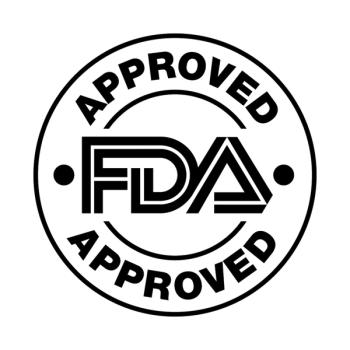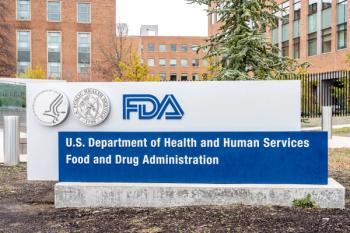
Real-World Data Shows Poor LDL Control Despite Available Treatment
Leandro Boer, MD, PhD, VP, US general medicines, Amgen, discusses new real-world data showing that most high-risk cardiovascular patients in the US are not starting or intensifying lipid-lowering therapy—and few are achieving guideline-recommended LDL-C targets.
In an interview with Pharmaceutical Executive, Leandro Boer, MD, PhD, VP, US general medicines, Amgen, discussed the striking findings of the US arm of the VESALIUS-REAL study, presented at the recent American College of Cardiology (ACC) meeting. The observational study, which analyzed data from over 278,000 high-risk patients between 2016 and 2022, uncovered major deficiencies in lipid management following cardiovascular events such as heart attacks and strokes. The conversation shed light on why these care gaps persist, particularly among patients over 50, and highlighted the urgent need to rethink prevention strategies, streamline treatment guidelines, and increase accountability across care transitions.
Pharmaceutical Executive: What were the most surprising or concerning findings from the VESALIUS-REAL study regarding gaps in LDL-C testing and treatment in high-risk patients?
Leandro Boer: I think the most surprising finding is that this is happening in the US. VESALIUS-REAL is a large observational study across 11 countries, and the specific data we presented at ACC last week focused on the US population. What we’re seeing is really remarkable.
Seventy percent of patients who had a myocardial infarction (MI) or stroke did not initiate any lipid-lowering therapy after the event. Eighty-eight percent of those patients did not intensify their treatment over the following year. That, in itself, is quite significant.
Another very concerning aspect is that, over a one-year follow-up after the event, 50% of patients never had an LDL test performed or ordered. Among those who did get tested, 82% didn’t reach the guideline-recommended LDL goals.
This is particularly alarming because we have so many available treatments to address this—statins, ezetimibe, PCSK9 inhibitors. We've had statins since the 1990s, yet it feels like we’re frozen in time. The number of patients on high-intensity statins is only 9.8%, which is extremely low, especially considering that statins are now generic.
We’re not seeing forward progress. Despite having the tools to help patients meet their targets, real-world data from 2016 to 2022—including more than 278,000 patients in a US database—shows that these patients are simply not moving in the right direction.
Full Interview Summary: The VESALIUS-REAL study revealed alarming gaps in LDL-C testing and treatment among high-risk U.S. patients. Notably, 70% of patients who experienced a myocardial infarction (MI) or stroke did not begin lipid-lowering therapy afterward, and 88% failed to intensify treatment within a year. Even more concerning, 50% of these patients never had a follow-up LDL-C test, and of those tested, 82% did not achieve guideline-recommended goals. Despite the availability of proven therapies like statins, ezetimibe, and PCSK9 inhibitors, usage remains low—with only 9.8% of patients on high-intensity statins—suggesting the United States remains stuck in outdated treatment patterns.
For patients over 50 without a prior cardiovascular event, several factors contribute to under-treatment. These include being in the "pre-Medicare gap" with limited insurance, poor risk perception of cardiovascular disease compared to cancer, over-reliance on lifestyle interventions, limited time with primary care providers (PCPs), and overly complex treatment guidelines. Together, these barriers prevent effective prevention and intervention.
Findings from VESALIUS-REAL may shape future guidelines by emphasizing treatment urgency, simplifying decision-making, and streamlining guidelines—particularly for primary care. Collaborative efforts, such as Amgen’s LDL-C Action Summit and partnerships with the National Lipid Association, aim to raise awareness, improve communication, and promote treatment adherence.
Amgen is pursuing a bold ambition to cut the number of heart attacks and strokes in the US in half by 2030. The company is advancing this goal through initiatives such as free LDL-C testing in collaboration with CVS MinuteClinics, community partnerships with organizations like the Association of Black Cardiologists and the Family Heart Foundation, and the LATTICE Consortium—focused on implementation science to reduce the time from discovery to practice. These collective efforts aim to close existing care gaps and ensure more patients achieve life-saving LDL-C targets.
Newsletter
Lead with insight with the Pharmaceutical Executive newsletter, featuring strategic analysis, leadership trends, and market intelligence for biopharma decision-makers.





